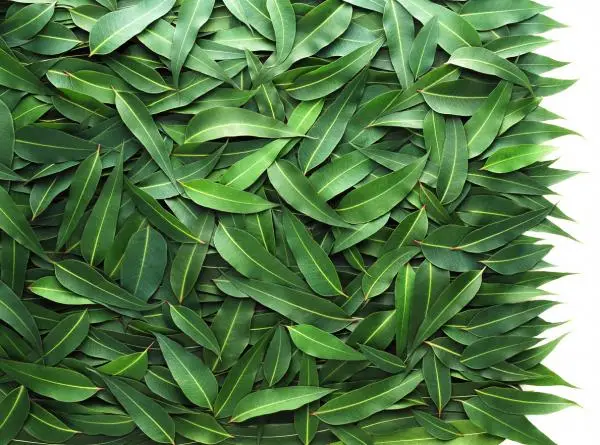A well-known fact is that plants are green, at least for the most part. The reason for this coloration is that of a long evolutionary history influenced by various environmental factors, such as light.
If you wonder why the stem and leaves of plants are green or what is the pigment that gives the green color to plants, do not hesitate to continue reading this curious article on this botanical topic, because here we talk about some aspects ranging from the origin of green plants to why plants are green and the changes that this color undergoes in them at different times of the year.
The origin of green plants
First of all, land plants have their origin plant organisms that arose and evolved underwater. Taking into account the bacteria and photosynthetic aquatic algae, having a wide range of colors such as green, yellow, red, or brown. So what is it that makes the green color predominate in the leaves of land plants? The idea that currently has the greatest consensus is that plant organisms have adapted their photosynthetic systems to the capture of photons from light since they have it in abundance on earth.
However, on Earth the luminous intensity has not always been the same, that is, the number of photons that hit the Earth has changed throughout history (the luminosity increased a lot at the beginning of Earth’s history). In addition to this, the light filtration carried out by the atmosphere before it reaches the earth’s surface has varied according to its chemical composition, mainly due to the ozone and oxygen present (two components that were not present in the original atmosphere). Finally, the filtration of the water on the light that reaches the different depths must also be taken into account.

Why the plants are mostly green
After learning about the origin of green plants, we have reached the point of answering questions such as: why is the stem of plants green? Why are the leaves of plants green? Why are the leaves of the trees are green? And what is the pigment that gives green leaves? All these doubts have the same answer.
The light from the Sun that reaches the Earth is very rich in red photons and less in the photons with the highest energy in the spectrum, the blue photons. In an intermediate energetic position are the photons of green light. These photos are also not very abundant in sunlight. Most plants contain chloroplasts, which are the organelles that contain the chlorophyll molecule, which is responsible for capturing photons of light to carry out photosynthesis and the green color of plants. These pigments absorb the solar spectrum corresponding to the most abundant light, red, and the most energetic, blue, while reflecting green light. For this reason, we perceive the stems and leaves of plants as green.
The chlorophyll pigments are like antennas that have an optimal orientation to capture photons of light received from the sun. But there are other pigments in addition to chlorophyll, for example, photosynthetic organisms that live underwater have pigments with which they can better capture those photons of the solar spectrum that are more abundant underwater. That is why we say that the green color of terrestrial plants is the result of an evolutionary process since the plants that emerged from the sea adapted to the most abundant light spectrum on the earth’s surface.
Would the leaves of plants be green if the Earth had an orbit around a luminous body with different characteristics from Earth? The answer is negative. In these cases there would be blue or black plants, depending on whether the planet orbits around a luminous body of type F (emitter of blue photons and the plants would be protected with blue pigments), type M or red dwarf (which favors adapted plants to capture all kinds of photons, that is, they would be black plants).
Why do plants change color
As we have seen, the leaves of plants are green due to the light spectra captured and reflected by chlorophyll. However, for there to be a production of chlorophyll, warm temperatures and sunlight are necessary, otherwise, it will gradually cease to be produced. The warm temperatures and abundance of sunlight are typical of spring and summer. Thus, when the days get shorter and the nights get longer (typical of autumn and winter ), the production of chlorophyll stops until it is no longer produced, and the leaf ends up running out of chlorophyll.
